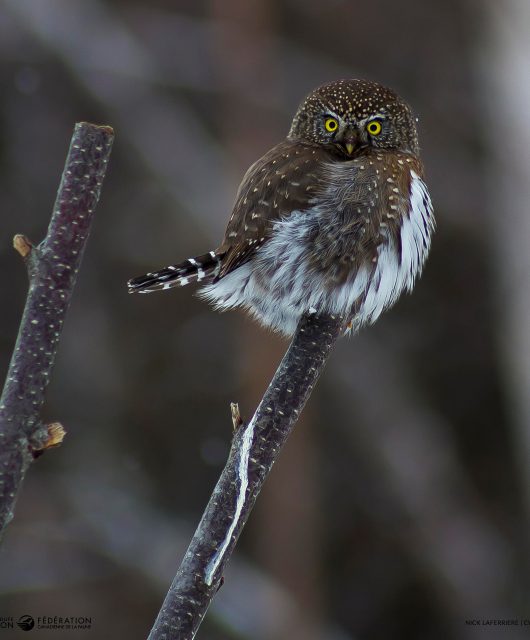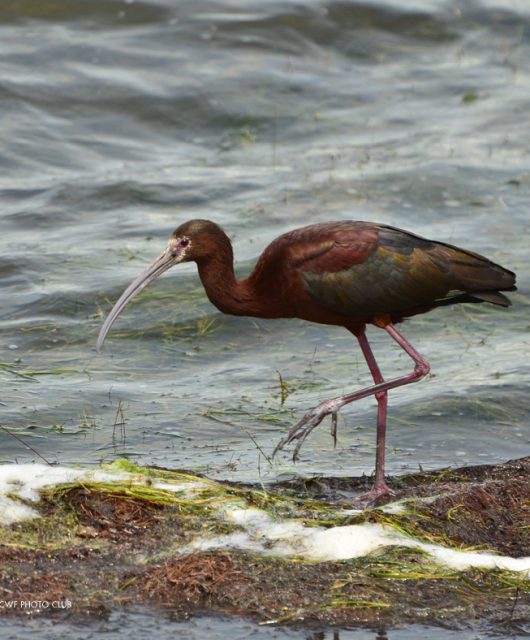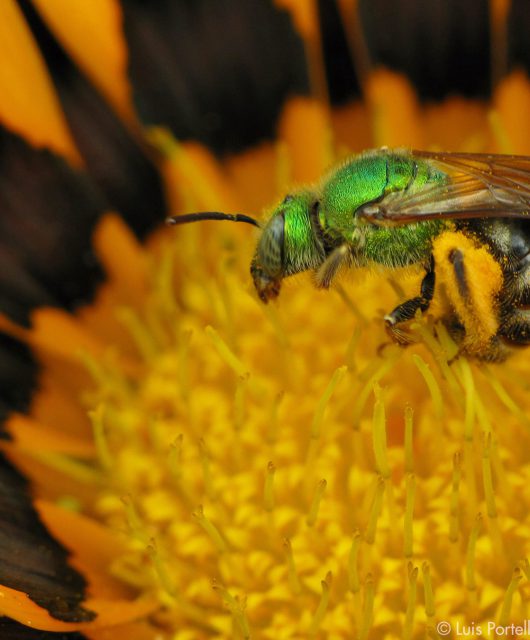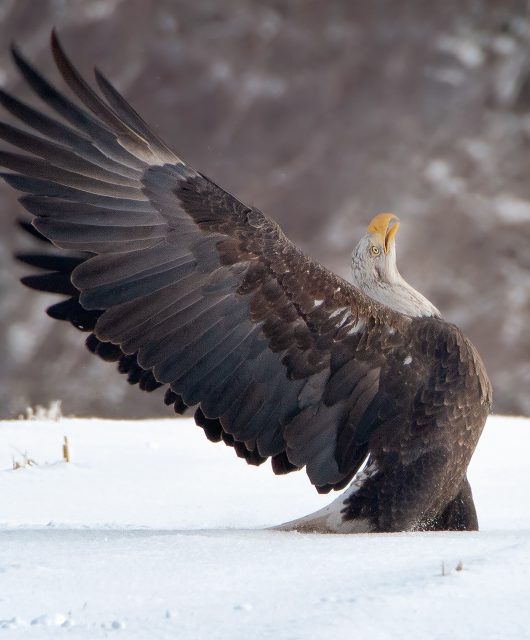Pollinator Week is an annual event celebrated internationally in support of pollinator health.
When you think of pollinators, what’s the first thing that comes to mind? Often we think of bees and butterflies. But did you know that flies, moths, beetles, hummingbirds and even small mammals are also pollinators? We’ve rounded up four ways that you can recognize and celebrate these powerful pollinators!
#1: Participate in the iNaturalist Pollinator Bioblitz
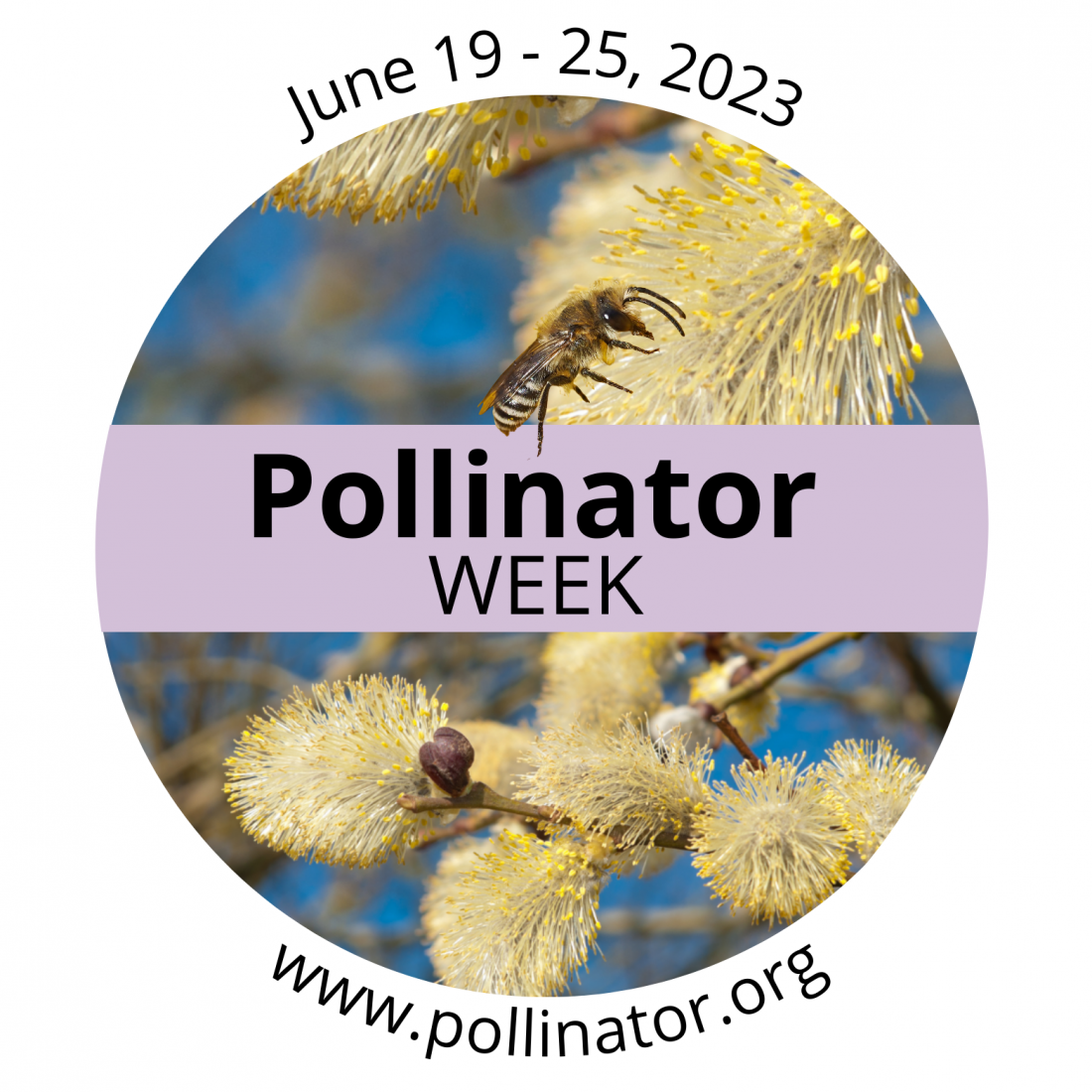 Upload your wildlife observations to iNaturalist.ca or through the free iNaturalist app. All pollinator observations are automatically added to the North American Pollinator Week project, run by Pollinator Partnership. Help record pollinators visiting floral resources in your neighbourhood!
Upload your wildlife observations to iNaturalist.ca or through the free iNaturalist app. All pollinator observations are automatically added to the North American Pollinator Week project, run by Pollinator Partnership. Help record pollinators visiting floral resources in your neighbourhood!
Last year the top five species that were observed in North America were the Western Honey Bee, Brown-belted Bumble Bee, Monarch Butterfly, Cabbage White and the Margined Calligrapher (hoverfly). What will this year’s top five species be? Join us this Pollinator Week from June 20 to 26 and find out!
#2: Celebrate Native Flies
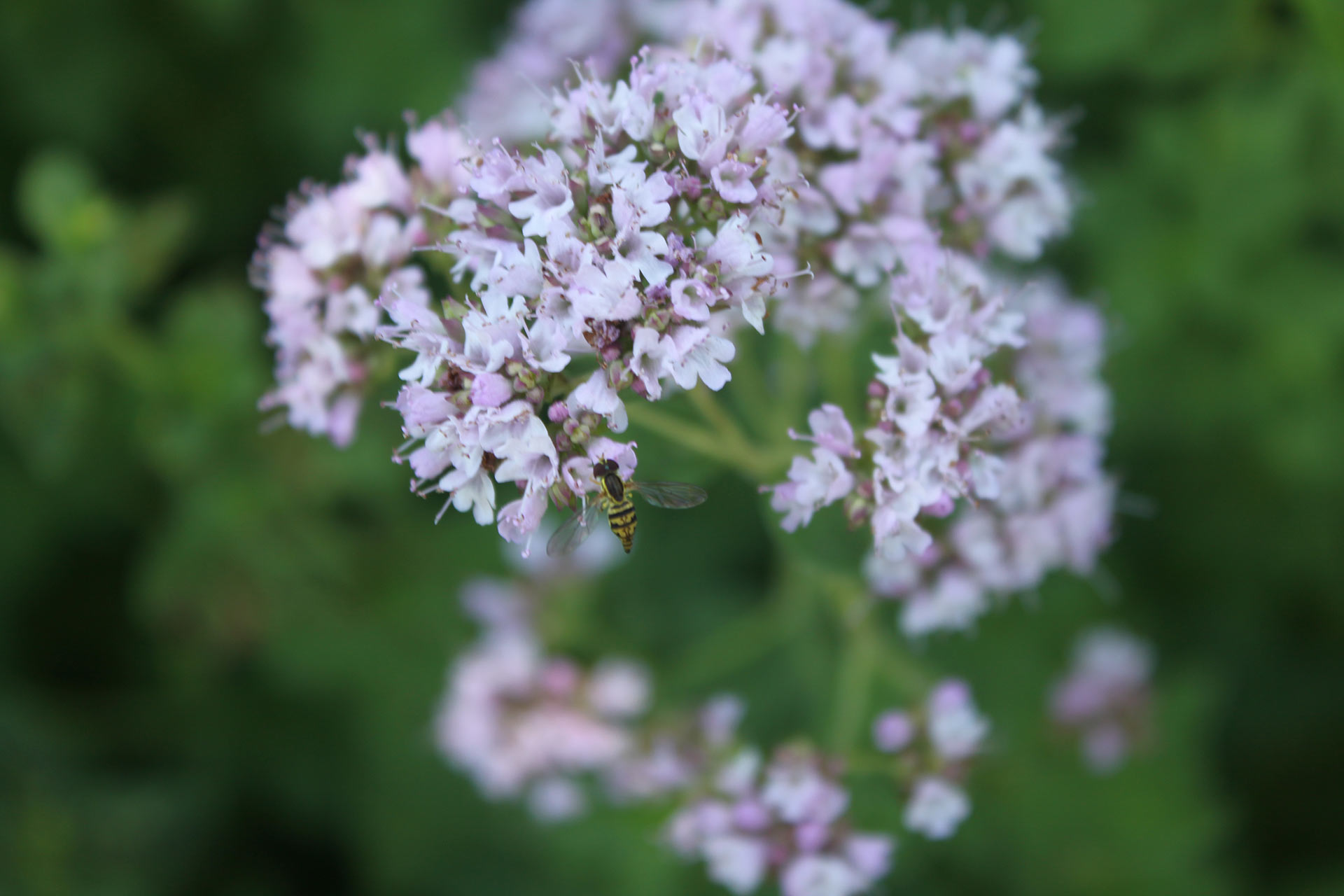
Yes, you read that correctly! People often find flies to be irritating or annoying. But did you know that they carry out about one-third of pollination services, making them very important to our food and ecosystems? Some flower flies (Syrphidae, Diptera), such as the Common Drone Fly (Eristalis tenax). These harmless flies cannot sting and are in fact great pollinators! Let’s not swat at them but invite these friendly pollinators into our gardens this week and every week!
- Learn more about the wonderful world of flower flies by watching a webinar with entomologist, Gil Miranda >
#3: Choose Native Plants for Your Outdoor Gardens!
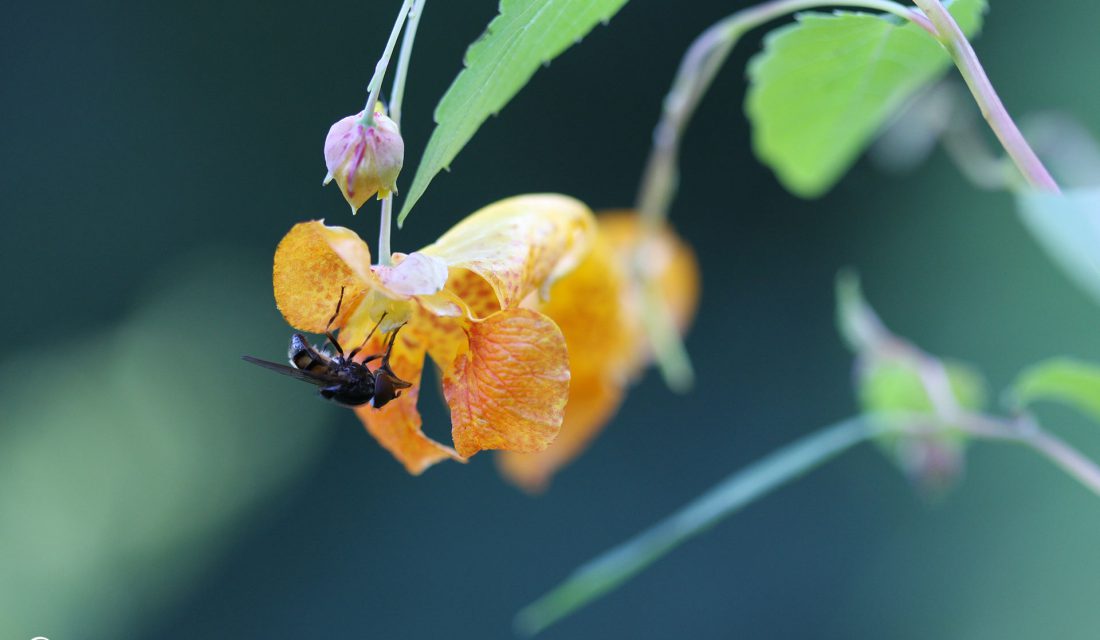
Did you know to ensure pollinators have the nutrition that nature intended, growing a diversity of native wildflowers that bloom throughout the growing season is ideal? Pollinating insects in Canada need fuel for three seasons of the year. Therefore, the more kinds of native wildflowers in the meadows… the more different kinds of pollinators you will invite back!
- Learn more about the benefits that native plants can offer and how you can incorporate them in your garden during pollinator week >
#4: Raise Awareness and Inspire Others by Certifying Your Garden as a “Wildlife-friendly Habitat”
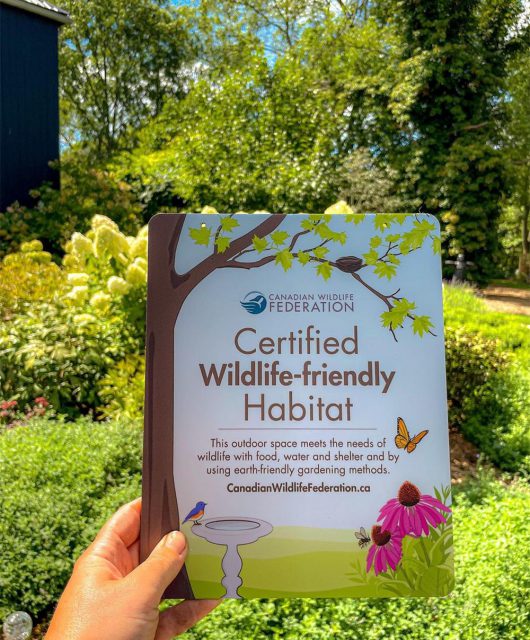
When you certify your garden, we’ll add your wildlife-friendly habitat to our map that shows our collective impact. Then we can all see Canada’s wildlife-friendly habitat grow!
Sharing your Garden Habitat Certified garden accomplishments with family, friends, neighbours or on social media (using #CWFGardens) can raise awareness in your community about the importance of wildlife-friendly gardens. It can also inspire others to see real life examples of different kinds of gardens that provide wildlife-friendly habitat. By joining Canadians who make their gardens wildlife-friendly, you help increase suitable habitat for local and migratory wildlife, some of which may be species at risk. As more land is developed for human activities, each wildlife-friendly garden is a haven that can act as a stepping stone between larger areas of habitat, essential for many species’ survival.
- Learn more about how to qualify for your Garden Habitat Certification and the top four tips for wildlife-friendly gardening >

